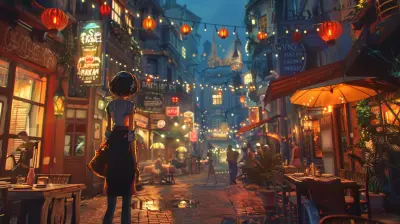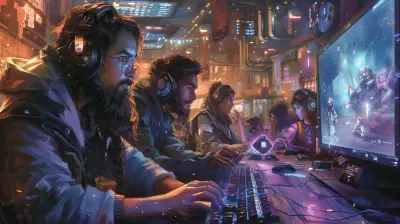How Tabletop Games Influence Modern Video Game Design
30 June 2025
Video games have come a long way since the days of Pong and Tetris. Today, they’re immersive, story-driven, and infinitely more complex. But there’s more to this evolution than just advancements in technology. One of the most surprising influences on modern video game design comes from something much older: tabletop games. Yup, those classic board games and role-playing games (RPGs) you probably grew up with have had a massive impact on how video games are created today.
So, how exactly have tabletop games shaped the way modern video games are designed? Let’s roll the dice on this topic and dive right in.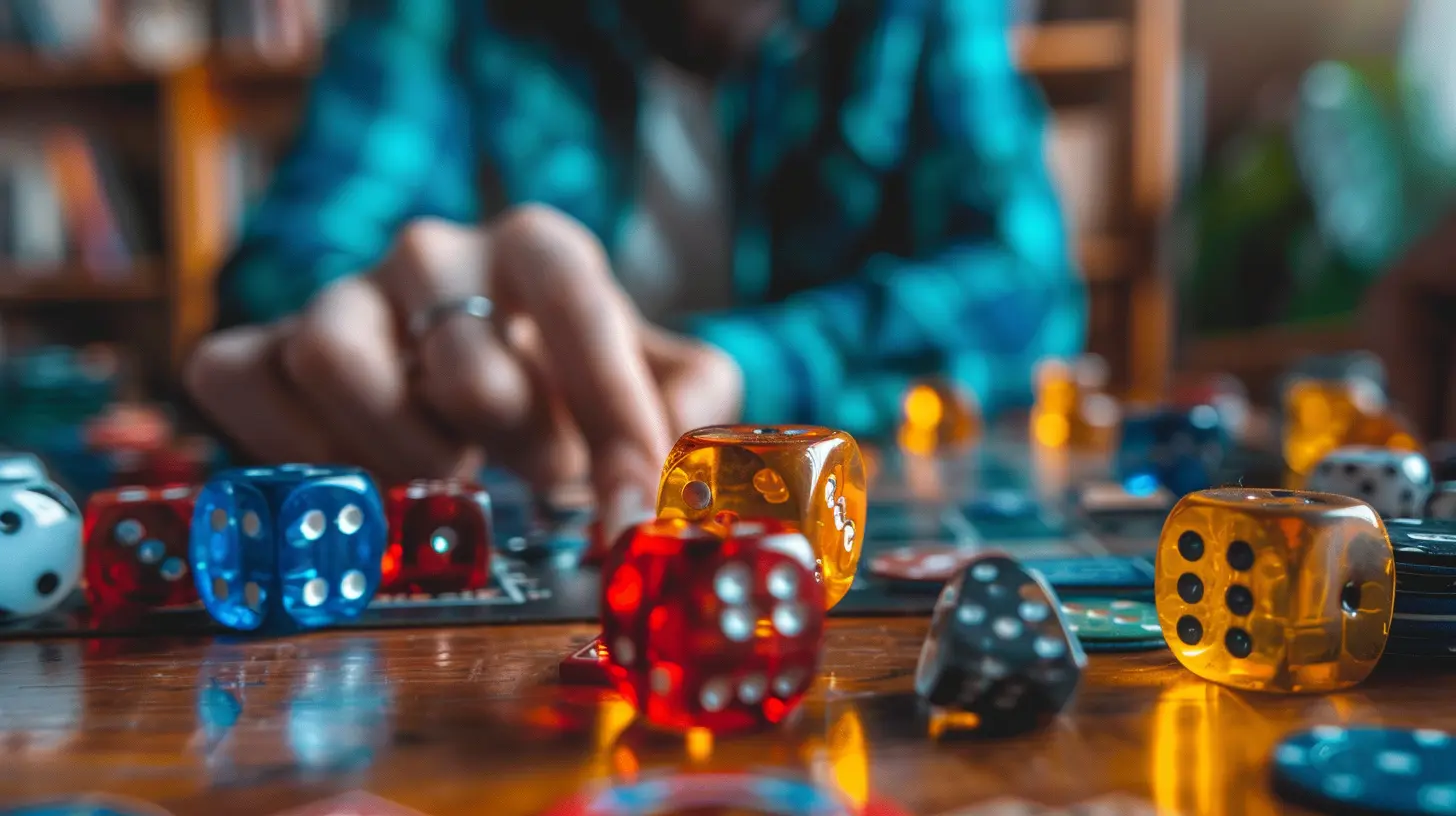
The Basics of Tabletop Games: A Foundation for Creativity
Before getting into the nitty-gritty, let’s talk about what makes tabletop games so special. Whether you’re battling dragons in Dungeons & Dragons (D&D), strategizing world domination in Risk, or solving mysteries in Clue, tabletop games are built around a few core principles: creativity, strategy, and social interaction.Unlike video games, where the computer handles most of the background work, tabletop games put the player in the driver’s seat. Players make decisions, interpret rules, and even shape the narrative themselves. This “hands-on” gameplay has been a significant source of inspiration for modern video game designers.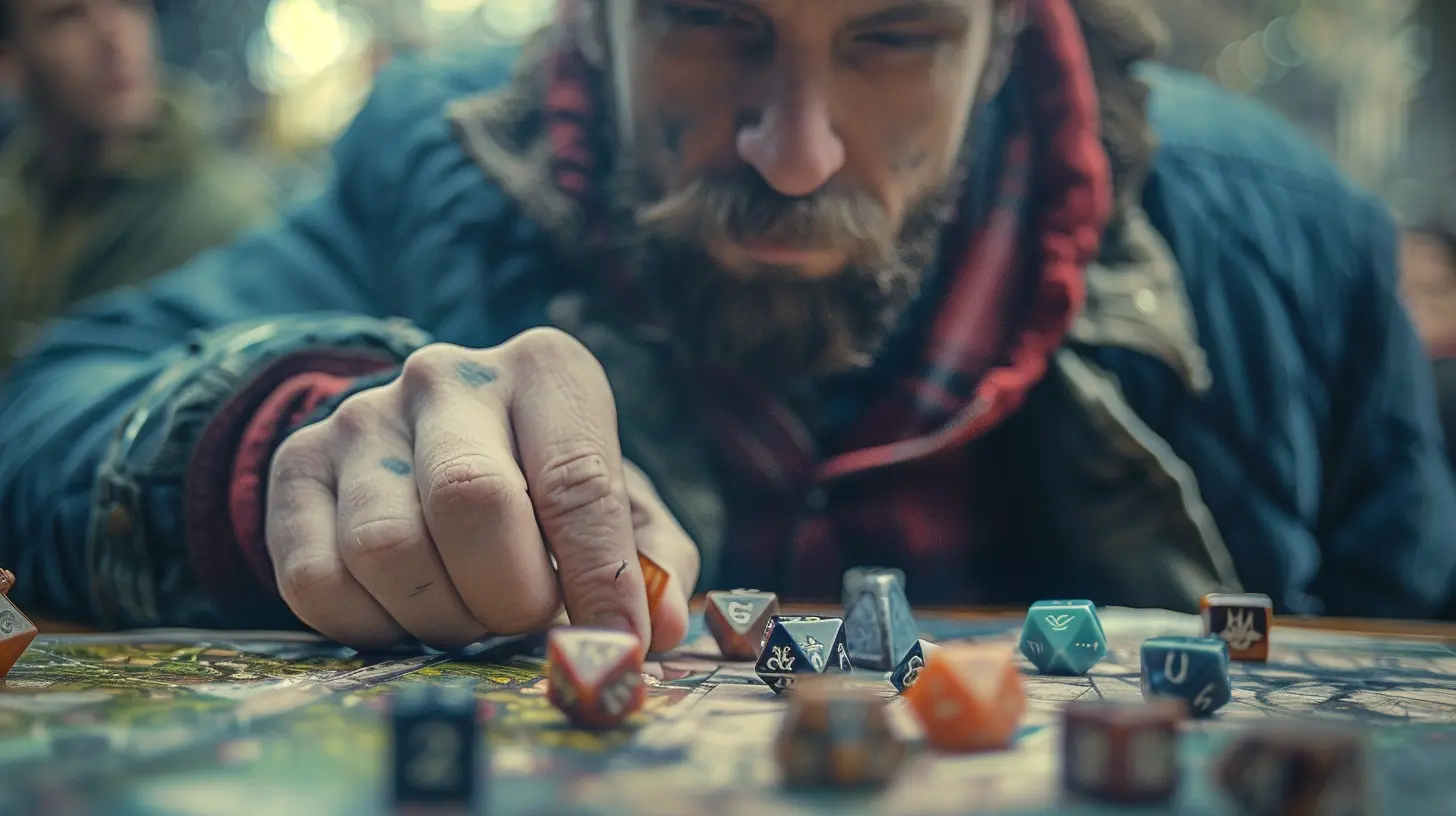
Storytelling: Lessons From Dungeons & Dragons
When it comes to storytelling, tabletop RPGs like Dungeons & Dragons have been a goldmine of ideas for game developers. Think about it—a good D&D campaign is essentially a collaborative story written in real time. Players create their characters, make choices that affect the plot, and work together to navigate challenges and conflicts. Sound familiar? That’s because many of your favorite video games, from The Witcher 3 to Mass Effect, borrow heavily from this kind of dynamic storytelling.Take The Elder Scrolls series, for instance. At its core, it functions much like a D&D campaign. You create a character, decide their moral compass, and explore a living, breathing world where your choices have real consequences. This idea of “player agency” in video games owes a huge debt to tabletop RPGs.
On top of that, the Dungeon Master (DM) in D&D serves as an analog template for modern game mechanics. Think of the DM as the game’s AI—crafting scenarios, adapting to player actions, and keeping the game engaging. Without this storytelling framework, video games as we know them today might look very different.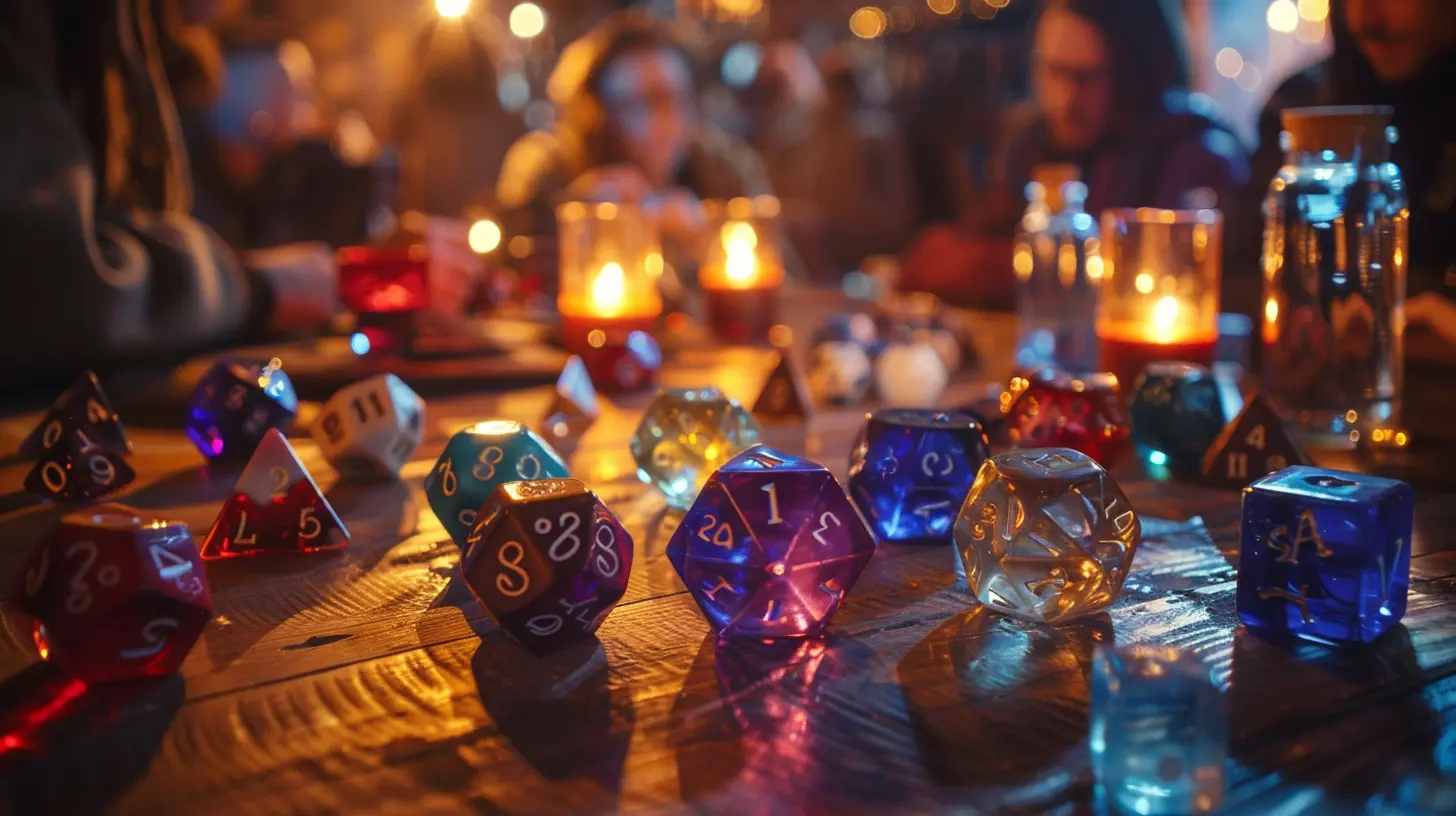
Strategy and Systems: The Influence of Board Games
Tabletop strategy games like Settlers of Catan, Risk, or Chess are another major source of inspiration. These games teach players to think critically, plan ahead, and adapt to changing circumstances—all key skills that video games aim to foster as well.Take the XCOM series, for example. The turn-based strategy format is directly influenced by the mechanics of classic board games. Players have to carefully manage resources, position their units, and make tactical decisions. The same can be said for management simulators like Sid Meier’s Civilization. When you break it down, these games are essentially digital board games with a visual and interactive flair.
Even popular card-based games like Hearthstone owe their roots to tabletop card games like Magic: The Gathering. The idea of deck-building, managing resources, and reacting strategically to an opponent’s moves is a direct nod to the tabletop world.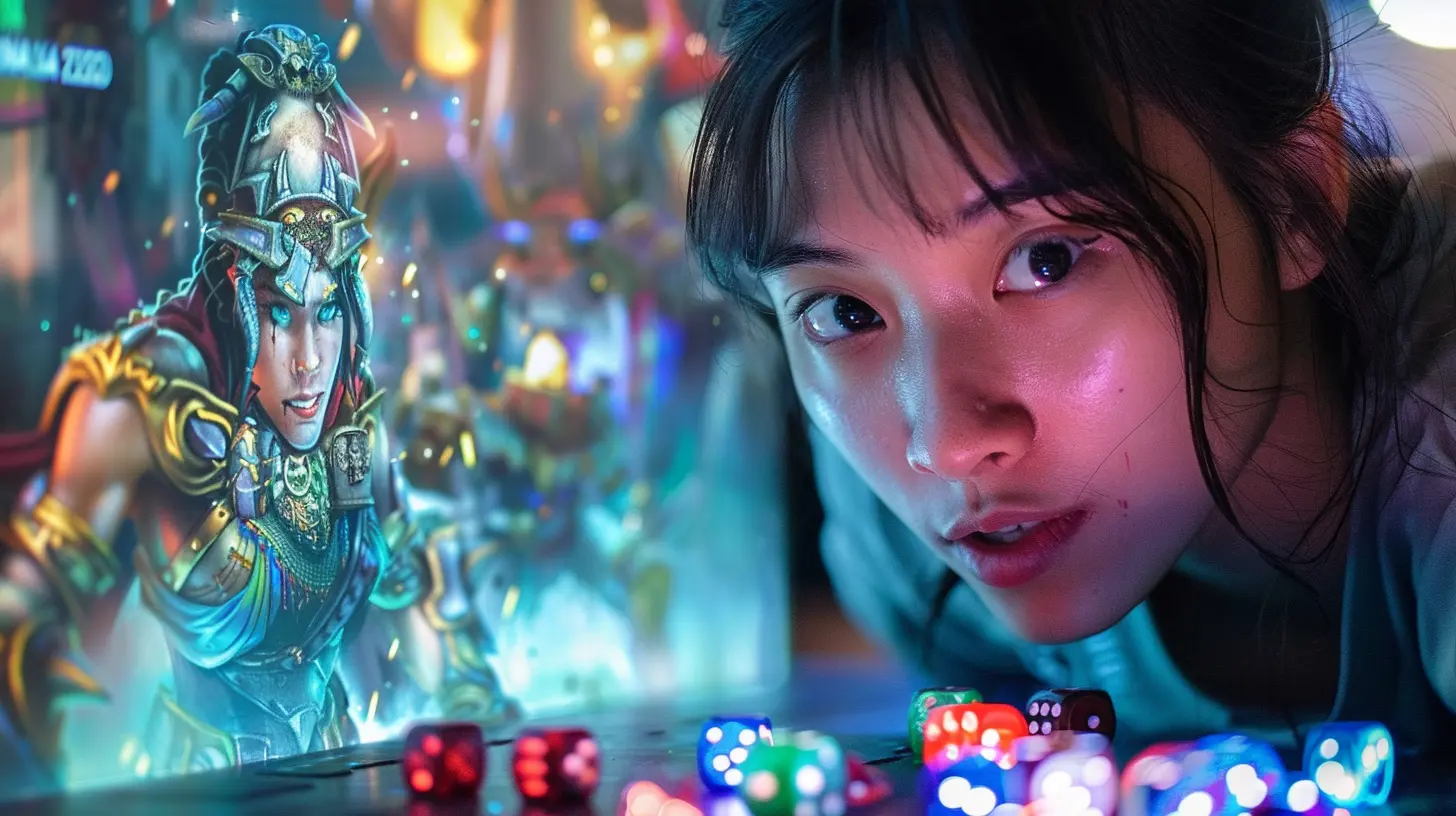
Social Interaction: Borrowing the Group Dynamics of Tabletop Games
If you’ve ever played a tabletop game, you know that half the fun comes from the social experience. Whether it’s friendly banter during Monopoly or heated debates over whose turn it is in Catan, tabletop games bring people together in ways that few other activities can.Modern multiplayer video games strive to recreate this sense of camaraderie. Just look at online games like Among Us, which feels like a digital version of Werewolf or Mafia. These games thrive on deception, teamwork, and social deduction—elements that are cornerstone features of many tabletop experiences.
Moreover, cooperative video games like Overcooked or It Takes Two feel like they stepped right off the board game shelf. They require players to work together closely, solve puzzles, and communicate effectively, much like how a group of friends might tackle a cooperative tabletop adventure.
Randomness and Chance: The Role of Dice Mechanics
If you’ve ever rolled a 20-sided die in a D&D game, you know how thrilling it can be to leave your fate up to chance. This element of randomness has found its way into modern video games in some pretty fascinating ways.Loot systems are a great example. In games like Diablo or Borderlands, you’re essentially “rolling the dice” every time you open a treasure chest or kill an enemy. Will you get that rare item you’ve been searching for, or another useless piece of gear? That feeling of unpredictability keeps players hooked, just like rolling a die in a tabletop game.
Even roguelike games, such as Hades or Slay the Spire, rely heavily on randomized elements. These games borrow the tabletop concept of unpredictability to keep each playthrough fresh and challenging.
Rules and Freedom: Balancing Structure with Creativity
One of the most brilliant aspects of tabletop games is how they balance rigid rules with player freedom. While there are guidelines to follow, players often find creative ways to bend or interpret the rules. This same balance is crucial in modern video game design.Open-world games like Breath of the Wild embody this concept perfectly. Sure, there are objectives and rules, but players are also encouraged to explore, solve puzzles their own way, and experiment with mechanics. This freedom reflects the improvisational nature of tabletop gaming, where creativity thrives within a structured framework.
Why Tabletop Games Still Matter Today
Here’s the kicker: tabletop games aren’t just relics of the past. They’re still incredibly relevant and continue to inspire the gaming industry. In fact, the rise of crowdfunding platforms like Kickstarter has led to a tabletop renaissance, with innovative new games being designed every year. Many of these games are hybrids that mix traditional tabletop mechanics with digital elements, further blurring the line between the two mediums.For game developers, playing tabletop games isn’t just a nostalgic hobby—it’s a masterclass in design principles. Everything from pacing and balance to storytelling and player engagement can be studied and adapted to fit video game formats.
Final Thoughts
Tabletop games have played a massive role in shaping the video game industry. From storytelling and strategy to social mechanics and randomness, their influence is everywhere if you know where to look. The best part? This exchange of ideas isn’t one-sided. As video games continue to innovate, they also inspire the evolution of tabletop gaming. It’s a cycle of creativity that benefits both mediums.So, the next time you sit down to play a video game, take a moment to appreciate the subtle nods to tabletop classics. Who knows? Maybe that epic boss fight or clever puzzle owes its existence to a roll of the dice decades ago.
all images in this post were generated using AI tools
Category:
Gaming CultureAuthor:

Tayla Warner
Discussion
rate this article
2 comments
Jacqueline Wolf
Great insights! Tabletop games truly inspire innovation!
September 30, 2025 at 4:51 PM

Tayla Warner
Thank you! I'm glad you found the insights valuable—tabletop games indeed spark a lot of creativity in game design!
Dolores McGuffin
Tabletop games have always been a wellspring of creativity, shaping the very core of modern video game design. They ignite our imaginations, fostering collaboration and storytelling. Embrace the synergy between these worlds, and let their inspiration drive your next adventure. The future of gaming is bright!
July 5, 2025 at 3:14 PM

Tayla Warner
Absolutely! Tabletop games offer unique mechanics and storytelling that continue to inspire and elevate modern video game design, encouraging creativity and collaboration. Exciting times ahead!
